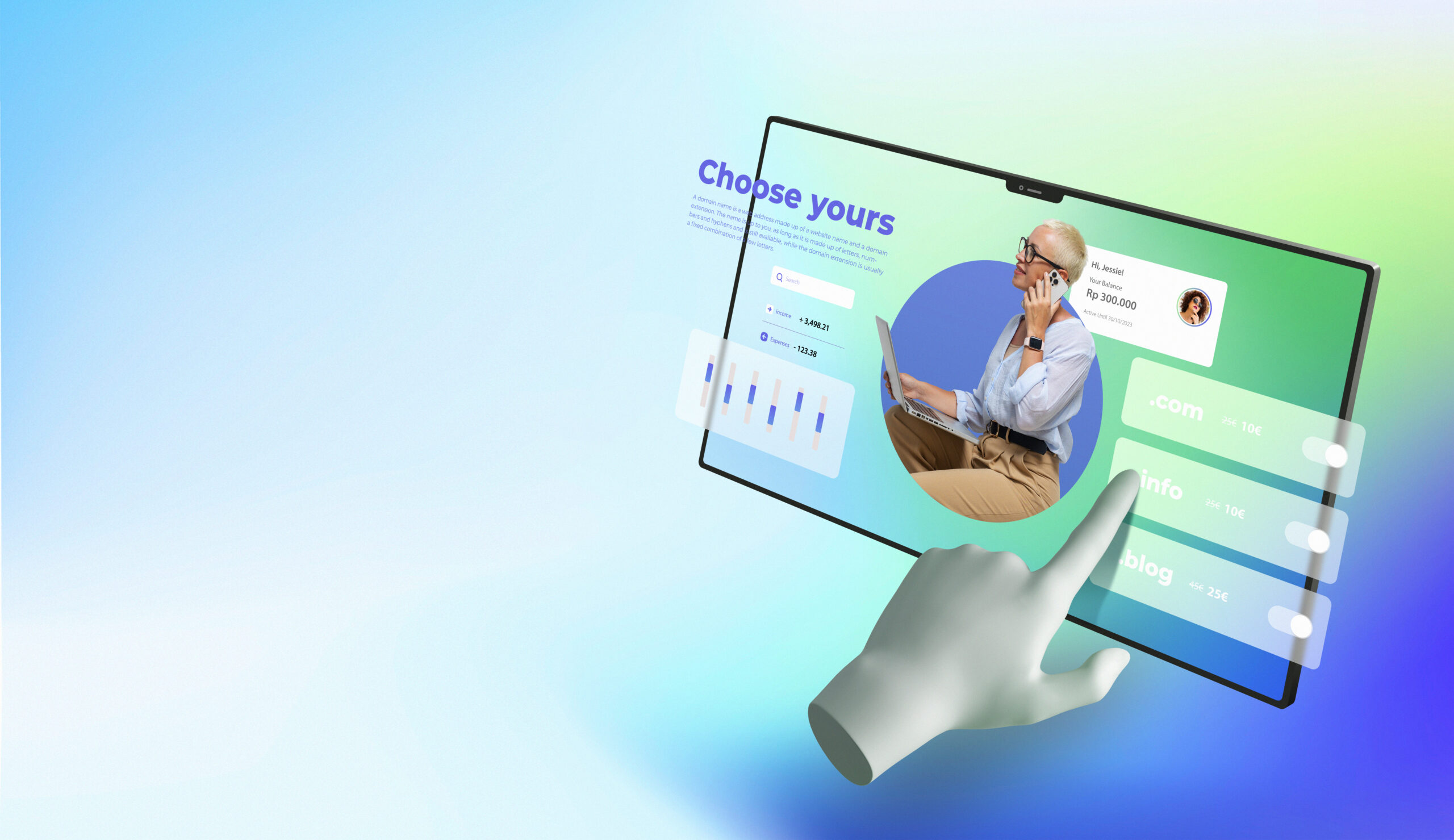As web designers, we have more power than we realize. Creating a website is an awesome way to spread information and influence the public. But with great power comes great responsibility — especially when it comes to designing ethically. It’s up to us as designers to make sure that our websites ethically serve the public, rather than creating design disasters that do more harm than good.
In this blog post, we’re diving into what makes for ethical website design and why it matters — so let’s get started on crafting beautiful sites with unrivaled social consciousness! Are you ready to create your website with a social conscience? Try our Web Redesign Services today!
What is an Ethical Design and Why is it Important
In web development, ethical design refers to creating websites and digital interfaces that prioritize user privacy, security, and accessibility. It is important to consider ethical design because our online experiences have a profound impact on the way we live our lives. As technology continues to shape the world around us, designers and developers must take responsibility for the ethical implications of their work.
This means thinking beyond aesthetics and functionality to consider issues like data privacy, inclusivity, and user empowerment. An ethical approach to web development can help ensure that the digital experiences we create are safe, inclusive, and respectful of users’ rights and needs.
How to Ensure that Your Website is Accessible to All Users
As a website owner, it is important to prioritize website accessibility to ensure that your website can be used by all users, regardless of any physical or cognitive disabilities they may have. There are several ways to achieve this, such as adding alternative text to images, providing captions or transcripts for videos, and making sure the website is easy to navigate using a keyboard.
It is also important to use high color contrast and to avoid flashing images or animations that could trigger seizures. By implementing these accessibility measures, you can ensure that your website is inclusive and welcoming to all potential users, and you can help to create a more accessible online community.
If you enjoyed this, you’ll love our next piece: Benefits of Using a VPN for Website Security.
Strategies for Avoiding Unethical Content
In today’s hyperconnected world, it’s more important than ever to consider the ethics of the content we consume and create. Hate speech, discrimination, and other unethical messages can spread like wildfire online, causing significant harm and damage to both individuals and communities. As such, it’s vital to have strategies in place to avoid such content whenever possible.
Some effective strategies include researching the sources of information before trusting them, fact-checking everything before sharing it, reporting any content that violates policies or standards, and promoting positive messages of inclusion and diversity. By implementing these strategies, we can work towards creating an online environment that’s safe, respectful, and equitable for all.
Responsible Ways to Track User Data and Protect Their Privacy
As technology advances, businesses have a responsibility to collect and track user data safely and securely. Protecting user privacy is a top priority in this process. One responsible way to do this is by implementing encryption and authentication measures. These measures help ensure that data cannot be intercepted or accessed by unauthorized personnel.
Another important factor is to be transparent about the type of data being collected and how it will be used. Providing users with clear and concise information about data tracking practices can help earn their trust and loyalty. Finally, taking proactive steps to limit the amount of data collected can also be a responsible approach. By only collecting necessary data and disposing of it properly, businesses can protect user privacy while still gathering valuable insights to enhance their products and services.
Designing With Sustainability
Designing a website with sustainability and environmental protection in mind doesn’t have to feel like a daunting task! It can be pretty fun. Imagine a digital world where every click you make is a step towards a greener planet. By embracing eco-friendly design practices such as using energy-efficient servers or reducing the size of image files, we can create websites that are not only visually appealing but also environmentally responsible.
Let’s challenge ourselves to make the internet a sustainable space for all by considering the impact of our digital footprint. Who knows, maybe even Mother Nature will give us a virtual high-five!
Creating a Positive User Experience
In today’s digital landscape, crafting a positive user experience is critical for the success of any product or service. Strong interface design and intuitive navigation are at the heart of achieving this goal. A well-designed interface should be visually appealing, easy to read, and consistent across all pages. Navigation should be simple, with clear and concise labeling to help users find exactly what they need.
A positive user experience not only enhances customer satisfaction but also encourages loyalty and repeat business. Don’t underestimate the importance of a strong interface and intuitive navigation – it can make all the difference in creating a successful product or service.
Conclusion
All in all, ethical design should not be viewed as a burden, but rather an essential requirement when creating web designs and building a responsible website and brand. With the right strategies, and strategies that do more than just follow the rules, we can create experiences that are inherently attractive, intuitive, and socially conscious no matter what industry you are in.
Ultimately, when designing with a social conscience, it’s always critical to find a balance between user experience and doing good for others. By being mindful of our digital footprint at every step of the process from development to design and even content production, we can ensure we’re taking part in positive online conversations and sparking meaningful interactions with those who visit our sites. So let’s get creative – make your website beautiful for both humans and society alike!



